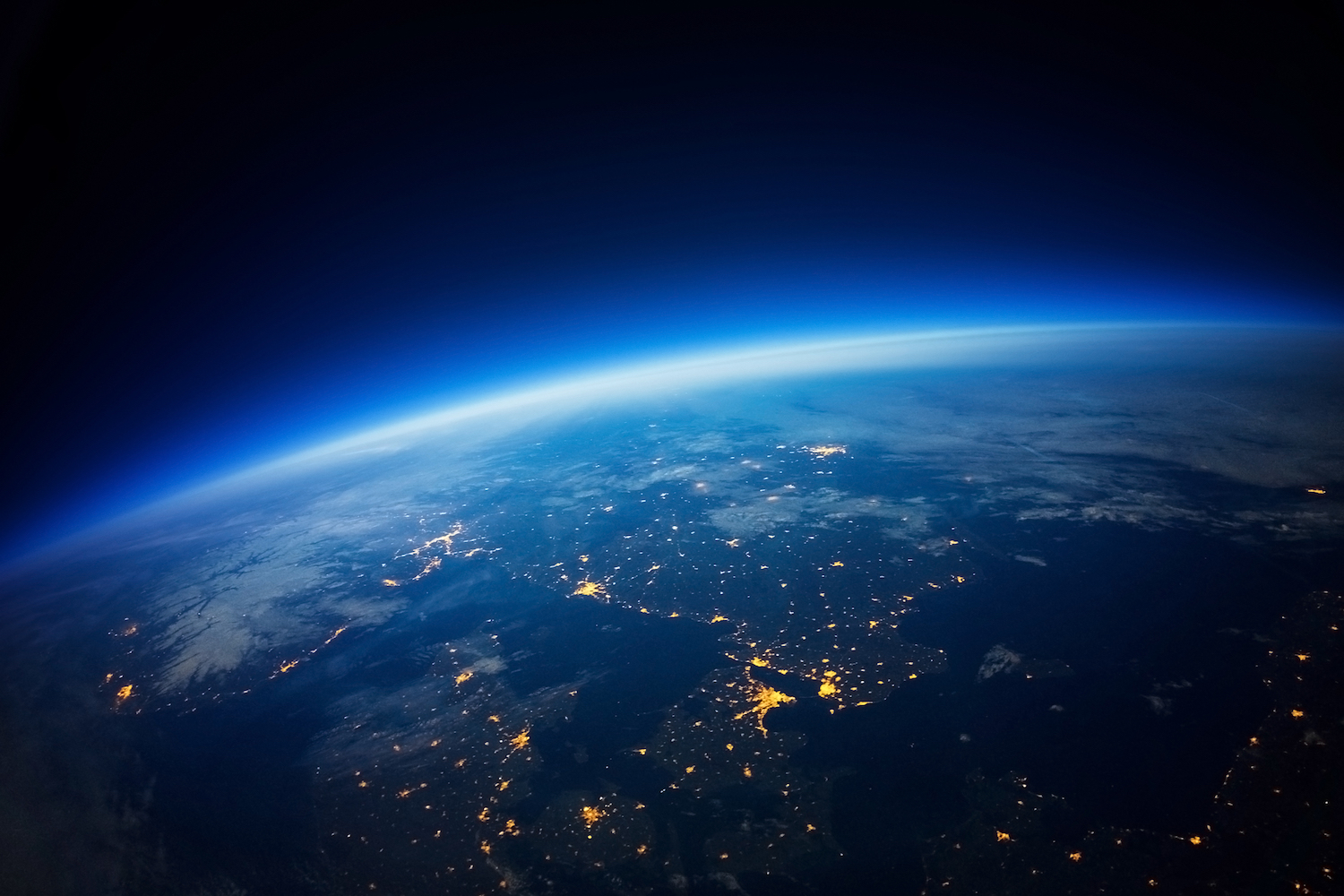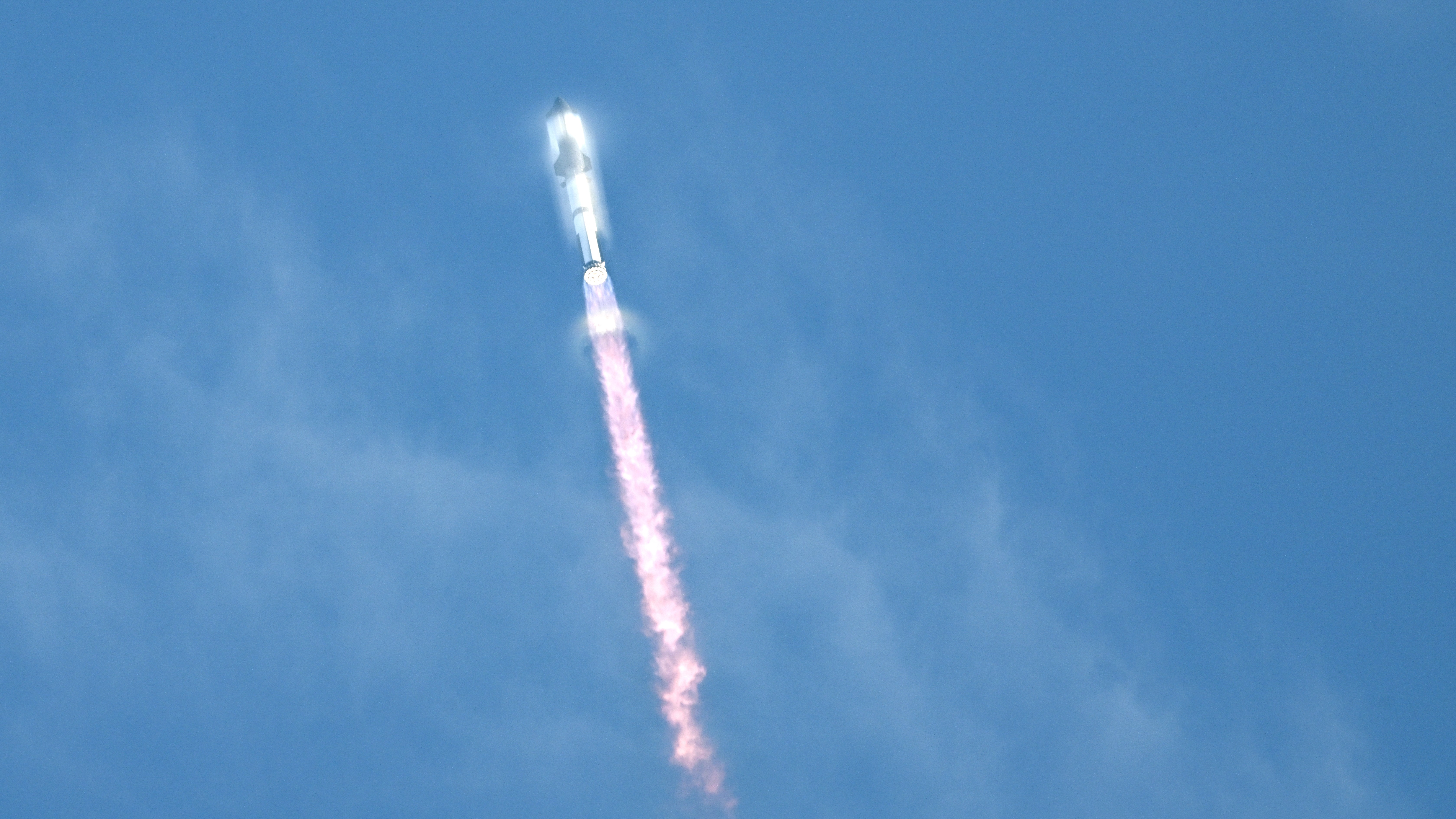Earth Had Oxygen Much Earlier Than Thought

Oxygen may have filled Earth's atmosphere hundreds of millions of years earlier than previously thought, suggesting that sunlight-dependent life akin to modern plants evolved very early in Earth's history, a new study finds.
The findings, detailed in the Sept. 26 issue of the journal Nature,have implications for extraterrestrial life as well, hinting that oxygen-generating life could arise very early in a planet's history and potentially suggesting even more worlds could be inhabited around the universe than previously thought, the study's authors said.
It was once widely assumed that oxygen levels remained low in the atmosphere for about the first 2 billion years of Earth's 4.5-billion-year history. Scientists thought the first time oxygen suffused the atmosphere for any major length of time was about 2.3 billion years ago in what is called the Great Oxidation Event. This jump in oxygen levels was almost certainly due to cyanobacteria — microbes that, like plants, photosynthesize and exhale oxygen.
However, recent research examining ancient rock deposits had suggested that oxygen may have transiently existed in the atmosphere 2.6 billion to 2.7 billion years ago.
The new study pushes this boundary back even further, suggesting Earth's atmosphere became oxygenated about 3 billion years ago, more than 600 million years before the Great Oxidation Event. In turn, this suggests that something was around on the planet to put that oxygen in the atmosphere at this time.
"The fact oxygen is there requires oxygenic photosynthesis, a very complex metabolic pathway, very early in Earth's history," said researcher Sean Crowe, a biogeochemist at the University of British Columbia in Vancouver. "That tells us it doesn't take long for biology to evolve very complex metabolic capabilities." [7 Theories on the Origin of Life]
Ancient oxygen reactions
Get the world’s most fascinating discoveries delivered straight to your inbox.
Crowe and his colleagues analyzed levels of chromium and other metals in samples from South Africa that could serve as markers of reactions between atmospheric oxygen and minerals in Earth's rocks. They looked at both samples of ancient soil and marine sediments from about the same time period — 3 billion years ago.
The researchers focused on the different levels of chromium isotopeswithin their samples. Isotopes are variants of elements; all isotopes of an element have the same number of protons in their atoms, but each has a different number of neutrons — for instance, each atom of chromium-52 has 28 neutrons, while atoms of chromium-53 have 29.
When atmospheric oxygen reacts with rock — a process known as weathering —heavier chromium isotopes, such as chromium-53, often get washed out to sea by rivers. This means heavier chromium isotopes are often depleted from soils on land and enriched in sediments in the ocean when oxygen is around. These proportions of heavier chromium were just what were seen in the South African samples. Similar results were seen with other metals, such as uranium and iron, that hint at the presence of oxygen in the atmosphere.
"We now have the chemical tools to detect trace atmospheric gases billions of years ago," Crowe told LiveScience.
'Almost certainly biological'
All in all, the researchers suggest atmospheric oxygen levels 3 billion years ago were about 100,000 times higher than what can be explained by regular chemical reactions in Earth's atmosphere. "That suggests the source of this oxygen was almost certainly biological," Crowe said.
"It's exciting that it took a relatively short time for oxygenic photosynthesis to evolve on Earth," Crowe added. "It means that it could happen on other planets on Earth, expanding the number of worlds that could've developed oxygenated atmospheres and complex oxygen-breathing life."
Future research can look for similarly aged rocks from other places, both on and outside Earth, to confirm these findings. "Research could also look at earlier rocks," Crowe said. "Chances are, if there was oxygen 3 billion years ago, there was likely oxygen production some time before as well. How far back does it go?"
Follow us @livescience, Facebook & Google+. Original article on LiveScience.

